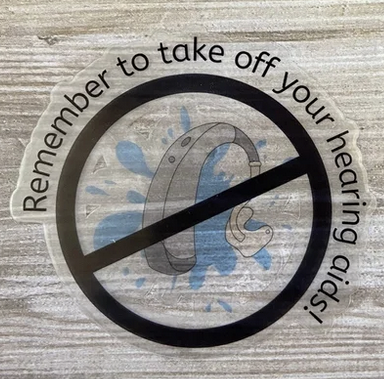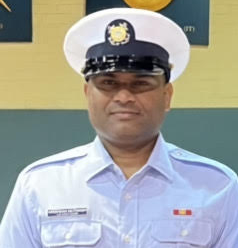Thank you for signing up for our HHF research webinar on February 2: “Noise Reduction Outcomes and Neuroscience” with Subong Kim, Ph.D.
PLEASE NOTE: There is one more step. Please click on the link below to complete your registration via Zoom:
https://us02web.zoom.us/webinar/register/WN_HN9DnRJ-Qeu-TnE5noLSSg
You will receive a confirmation email from Zoom, and reminders ahead of the event.
Webinar Accessibility
If you are unfamiliar with enabling closed captions on Zoom, please review our technical guide.
Webinar Archive
Webinars are recorded and distributed a week after airing with captions, a transcript, and a bibliography. Click here to access the archive.
Disclaimer
HHF research webinars take place via Zoom. They are not meant to replace or substitute for consultation with your individual medical providers. HHF assumes no liability for the use of information provided during this event.
More Resources
A practical reference, not a lecture, from a music industry professional on how to protect our first instrument: our hearing.
The next step in this field is the use of powerful modern sequencing technology in order to map gene activity and gene regulation during hair cell regeneration in fish and birds as well as in mammalian balance organs.
We found that the aging brain tries to amplify degraded input from the auditory nerve and that amplified responses are associated with poorer brain structure and trouble with speech understanding.
On the eve of this biggest day for charitable giving, you’ve more than likely already heard from many nonprofit organizations. Here’s what makes Hearing Health Foundation stand out.
With Thanksgiving here, we’re feeling especially grateful. Thank you, truly, for being part of our Hearing Health Foundation community, some of whom I was fortunate enough to meet over the summer and fall.
During holiday family gatherings, the signs of hearing loss can become especially apparent.
While working in the clinic I realized how much I loved creating resources for patients—brochures, handouts, visual guides—mostly because I couldn’t find what I wanted online.
Digital hearing tools can act as allies to reduce isolation. Technology has adapted to today’s needs and can help people struggling with hearing loss regain and retain their social connections.
On this Veterans Day and every day, Hearing Health Foundation (HHF) thanks our U.S. service members and veterans for their sacrifices. This group is disproportionately at risk for hearing damage, but earlier this year changes to how tinnitus is rated as a compensable disability were proposed.












Which noises should we be aware of this holiday season?